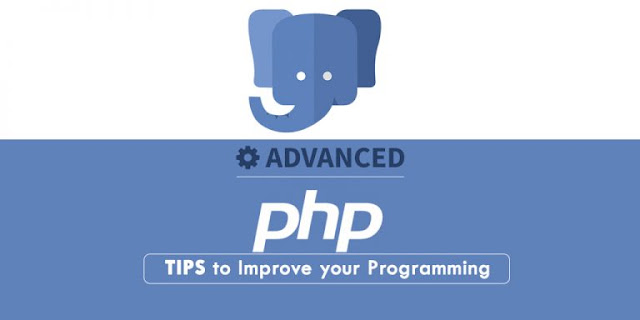Object Oriented Programming (OOP)
Introspection:
- It is the ability of a program to examine an object’s characteristics, such as its name, parent class, properties and methods.
- Introspection, allow you to
- Obtain name of class to which on objects belongs and properties and methods
- Write generic debugger, serializes, profile etc.
Examining Classes:
The introspective functions provide by PHP
1. class_exists() : To determine
whether a class exits, takes in a string and return a Boolean value.
Syntax: $yes_no=class_exists(classname);
2. get_declared_classes () : Return
an array of defined classes and you can verify the class name in the returned
array :
syntax : $classes =
get_declared_classes();
3. get_class_methods() : You can get
the methods and properties that exist in a class. This function taks a class
name and returns an array:
syntax : $methods =
get_class_methods(classname);
4. get_class_vars() : returns only
properties that have default values
syntax : $properties = get_class_vars(classname);
5. get_class() : To get the class to
which an object belongs, first check if it is an object using the is_object
function, then get the class with the get_class() function
syntax : $yes_no = is_object(var);
$classname = get_class(object);
6. get_parent_class() : Retrive
parent class name for object or class.
Syntax : superclass = get_class(object);
7. get_object _vars() : Returns an
array of properties that are set in an object.
Syntax : $array =
get_object_vars(object);
8. method_exists() : Before calling
a method on an object, you can check that is exists using the function :
syntax : $yes_no = method_exists(object,
method);
Serialization :
- It is conversion of any PHP value into a byte stream representation is called as serialization.
- This byte stream can be stared in a file
Syntax : string serialize(value);
- When an object is serialized, it will save all variable in an object also it store the name of class.
- The methods in an object not saved.
- To convert byte stream representation back to PHP value, used unserialize(string) function.
Syntax : value unserialize(string);
- The sleep() method is called on an object just before serialization. It clean up the object .
- The wakeup() method is called on an object immediately after an object is created form a byte stream.
Inheritance :
- It is the capability of a class to drivel inherit properties and methods form another class is called inheritance.
- A new class can inherit the properties of methods form the old class.
- The old class is base class of the new class is derive class.
- The derived class has its own variables and methods plus variables and methods form the base class.
- The extends keyword is used for inheritance
- The public property or method of base class will be public in the derived class
- The protected member will protected after inheritance
- The private property will not be inherited but it can be manipulated through public inherited method of base class.
Syntax:
class derived_classname extends
base_classname
{
//properties
//methods
}
Example :
class employee
{
private
$emp-code,$emp_name;
}
Class employeesalary extends
employee
{
private
$basic_pay, $earning, $deduction;
}
Final Method:
- When method declared using final keyword in superclass/parent class, then subclass/childclass can not override that method.
- Properties and constants can not be declared final, only classes and methods may be declared as final.
Abstract class and abstract method :
- Abstraction is a way of hiding information. There should be at least one method that must be declared but not defined.
- Any class that contain at least one abstract method must also be declared as abstract.
syntax:
abstract class classname {
//abstract
method declaration
//non-abstract
method definition
}
Characteristics of abstract class :
- abstract keyword written before class for it to be an abstract class.
- It implements all methods of an abstract class can be instantiated.
- If the derived class which inherit the abstract class doesn’t define all abstract methods then the derived class can’t be instantiated.
Interface :
- Is a class with no data members of contain only member function
- Interface declare only methods of not any variables.
- The method implementation depends upon the class which implement them.
Characteristics of an interface :
- Similar to class except it can not contain code.
- It define method name and argument but net contains of method
- All methods declared are public.
- Any class implementing an interface must implement all methods define by the interface.
- A class implement multiple interface
- An interface declare using “Interface” keyword.
- Interface can not maintain non-abstract methods.
Encapsulation :
- The ability to hide the implementation is knows as encapsulation
- It used to protection of a class.
- The variable or data of a class or hidden form any other class and can be accessed only member function of that class.
- This allow a class to change it’s internal implementation without affecting overall functionality.
- The either classes don’t have direct access to the properties.
- Generally all data members of class should be declared private.
- The protected members can be accessed by method which are declared as public as well as derived class’s public methods.
Advantages of Encapsulation :
- You can change implementation details at any time without affecting code that user class.
- Outside class can’t modify property values of an object built from your class without your knowledge.
 Reviewed by technical_saurabh
on
April 29, 2021
Rating:
Reviewed by technical_saurabh
on
April 29, 2021
Rating:




No comments:
Post a Comment